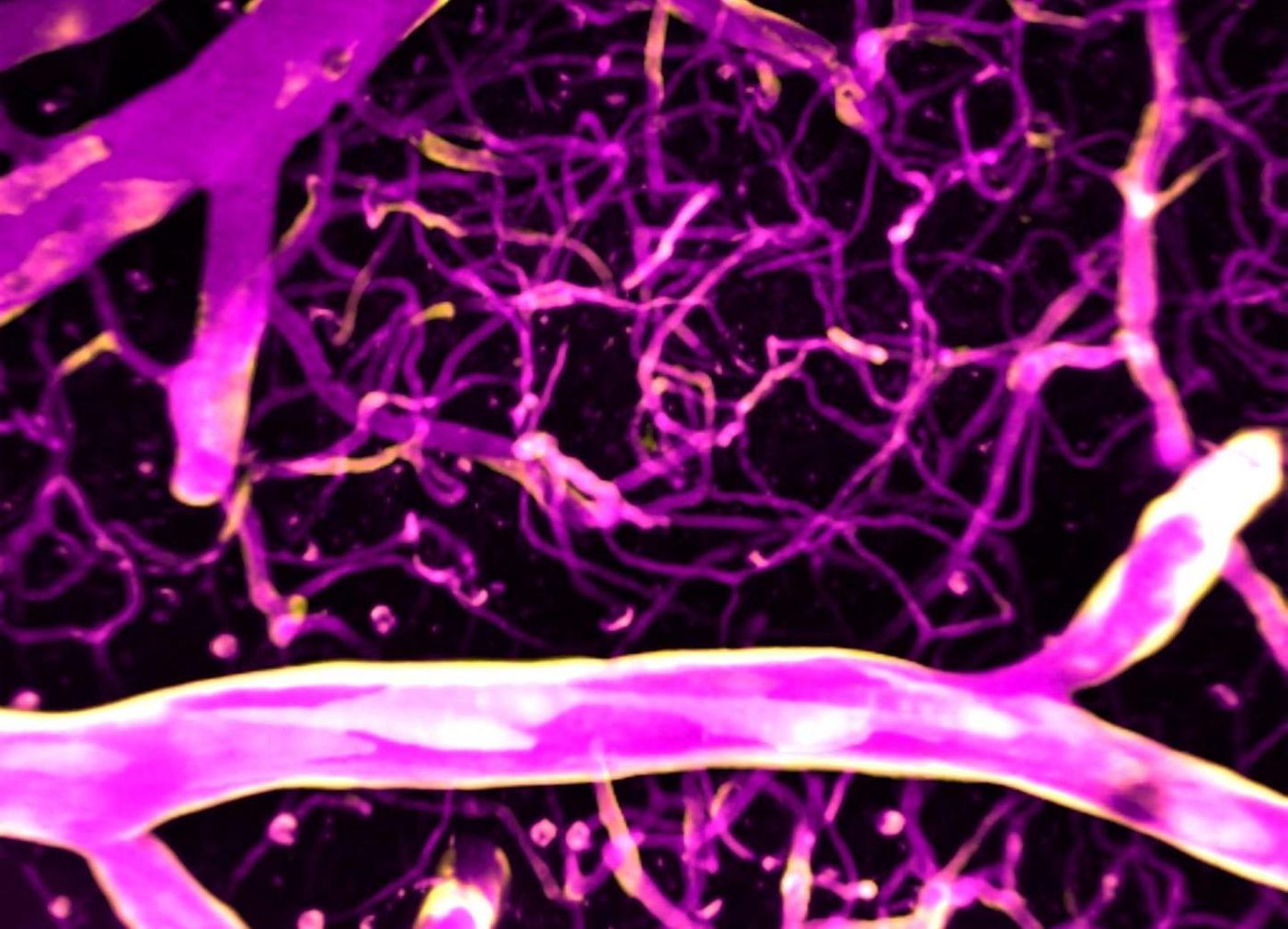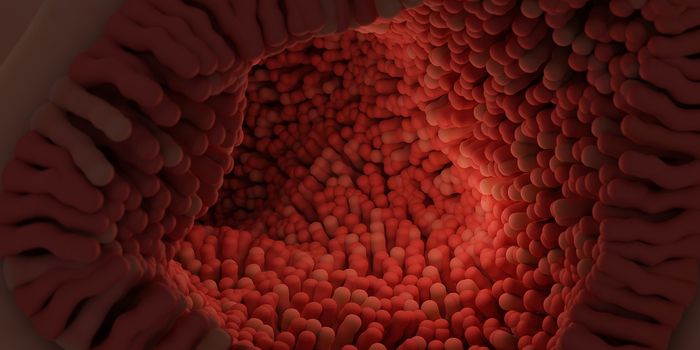Calcium Seems to Control Blood Flow in the Brain
The brain is packed with neurons that are constantly in need of power, but there isn't really anywhere to store energy there. So the brain has a network of blood vessels that constantly supply it with energy from the blood, and the brain can both demand more energy when activity increases, and direct that blood supply to specific sites where its needed. Researchers have now learned more about how that happens.
These findings, which were reported in Science Advances, could provide new insights into disorders like vascular dementia, in which blood flow in the brain is disrupted. If blood isn't reaching neurons in the brain that need it, that puts stress on those neurons, and they may begin to break down over time, which can cause memory problems and cognitive dysfunction that are typical of dementia.
In the brain, a network directs blood through ever-smaller vessels, from medium-sized arterioles down to tiny capillaries that only let one blood cell through at a time.
"There seem to be two mechanisms working in tandem to ensure that energy in the form of blood makes it to specific regions of the brain: one broad and the other precise," says Thomas Longden, Ph.D., Assistant Professor of Physiology at University of Maryland School of Medicine.
The researchers were able to use a tool in which a green light is emitted when calcium levels in a cell increase. With a mouse model that gave them a window into the brain, the scientists could see calcium moving into cells that line blood vessels (endothelial cells) in the brain. In the capillaries, there were about 5,000 calcium signals every second, which the researchers said is indicative of about 1,000,000 responses per second in blood vessel system of the brain.
"Until we deployed this new technology, there was this wholly unseen world of calcium signaling in the brain hidden from view, and now we can see a ton of activity within the brain's blood vessels; they are constantly firing," said Longden.
The research team investigated the tiny vessels of the brain one branch at a time to study the role of calcium. They learned that when neurons send electrical signals, the calcium levels in endothelial cells in the brain's blood vessels increases. This increase is detected by enzymes that stimulate nitric oxide production in these cells. Nitric oxide is known to relax blood vessels, dilating them and increasing blood flow.
"Capillaries were traditionally thought as simple conduits for red blood cells, and the barrier between the blood and brain," said co-senior study author Mark T. Nelson, Ph.D., a University of Vermont Distinguished Professor and Chair of Pharmacology. "Here, we revealed an unknown universe of calcium signaling in capillaries, and much like traffic lights, these calcium signals direct vital nutrients to nearby active neurons."
Sources: AAAS/Eurekalert! via University of Maryland Schoolof Medicine, Science Advances









